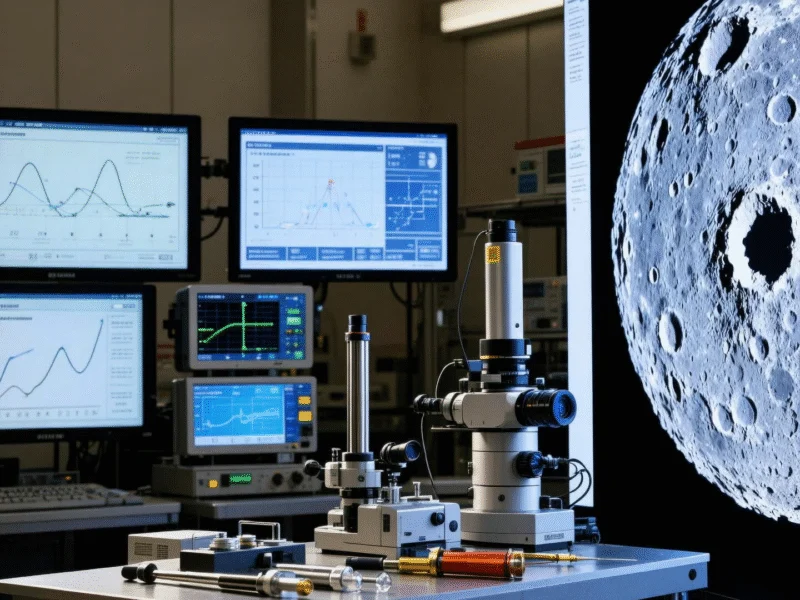Scientists analyzing lunar samples from China’s Chang’e-6 mission have identified fragments of an extremely rare type of meteorite that could rewrite our understanding of how water reached the Moon and Earth. The discovery marks the first time CI chondrite material has been confirmed on the lunar surface, suggesting volatile-rich asteroids are more common than previously thought.
Groundbreaking Lunar Discovery
China’s Chang’e-6 mission has yielded what scientists are calling a remarkable finding from the far side of the Moon, with researchers identifying fragments of an exceptionally rare type of meteorite that could transform our understanding of the early solar system. According to reports published in the journal PNAS, the international research team discovered carbonaceous chondrite (CI chondrite) material within lunar samples returned to Earth in June of last year.





